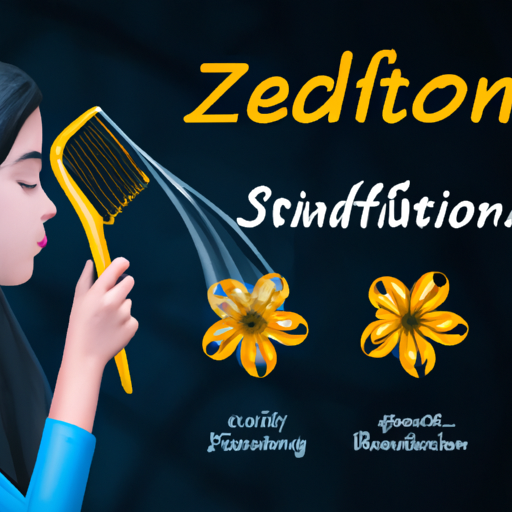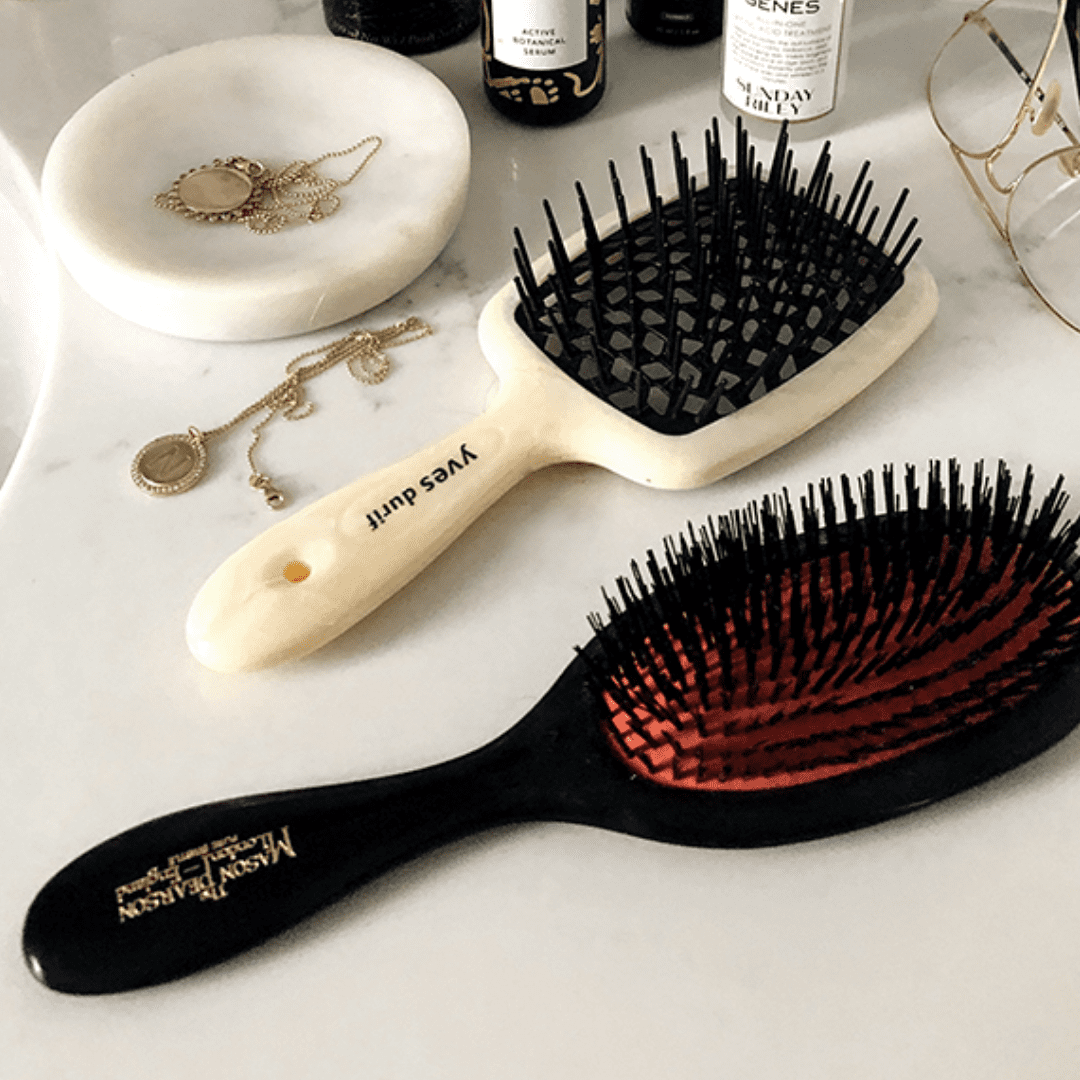How to Brush Your Hair Without Causing Damage
Maintaining healthy, vibrant hair is a goal for many, and a significant part of that journey involves understanding the proper way to brush your hair. Improper brushing techniques can lead to breakage, split ends, and overall hair damage. At hairy.cartlab.web.id, we’re dedicated to helping you achieve your hair goals. This comprehensive guide will equip you with the knowledge and techniques to brush your hair effectively, minimizing damage and maximizing its health and shine. We’ll cover everything from choosing the right brush to understanding the best brushing techniques for different hair types and conditions. Learning how to brush your hair without causing damage is a crucial step in your hair care routine.
Brushing your hair might seem like a simple task, but it’s a surprisingly nuanced process with significant implications for your hair’s health. Many individuals unintentionally contribute to hair damage through improper brushing techniques, leading to frustration and compromised hair quality. This guide will dispel common misconceptions and provide clear, actionable steps to ensure you’re brushing your hair correctly. We aim to transform your brushing routine from a potential source of damage into a beneficial part of your overall hair care regimen.
This detailed guide will provide you with the knowledge and practical skills needed to prevent hair breakage and maintain healthy, lustrous locks. By following these techniques, you’ll not only improve your hair’s appearance but also contribute to its long-term health and vitality. Let’s delve into the intricacies of proper hair brushing and unlock the secrets to healthy, beautiful hair.

1. Choosing the Right Brush for Your Hair Type

Selecting the appropriate hairbrush is paramount in preventing damage. Different hair types require different brushes to optimize detangling and minimize breakage. For example, individuals with fine, delicate hair should avoid brushes with stiff bristles, opting instead for softer options like a paddle brush with flexible bristles or a wide-tooth comb. These brushes gently glide through the hair, reducing the risk of pulling and breakage.
Conversely, those with thick, coarse hair might benefit from a boar bristle brush, which stimulates the scalp and distributes natural oils, promoting shine and health. However, even with coarse hair, it’s crucial to start brushing from the ends and work your way up to avoid snagging and pulling. Detangling brushes, with their flexible bristles, are excellent for all hair types, particularly when dealing with knots and tangles.
Consider these factors when choosing your brush:
- Bristle Material: Boar bristle brushes are excellent for distributing oils, while nylon or plastic bristles are more common and durable. Consider softer bristles for fine hair.
- Brush Shape and Size: Paddle brushes are versatile, while round brushes are often used for styling. Choose a size appropriate for your hair length and thickness.
- Handle: A comfortable handle allows for better control and reduces strain during brushing.
2. The Importance of Pre-Brushing Preparation

Before you even pick up your brush, preparing your hair is crucial for minimizing damage. Dry, tangled hair is far more susceptible to breakage. Applying a leave-in conditioner or detangling spray can make a world of difference. These products lubricate the hair shaft, making it smoother and easier to brush through, reducing friction and the risk of pulling or breaking.
If your hair is particularly prone to tangles, consider applying the product while your hair is still damp. This will allow the product to penetrate the hair shaft more effectively. For those struggling with dryness, incorporating a deep conditioning treatment once or twice a week can significantly improve hair manageability and reduce breakage during brushing. Remember, healthy, hydrated hair is less prone to damage. For more information on hydrating your hair, check out our article on “How to Hydrate Your Hair From the Inside Out,” available at hairy.cartlab.web.id/how-to-hydrate-your-hair-from-the-inside-out.
3. The Correct Brushing Technique

The technique you use is just as crucial as the brush itself. Never start brushing from the roots; always begin at the ends of your hair. This helps to gently untangle knots and prevents pulling at the roots, which can cause breakage. Work your way slowly and carefully upwards, section by section, until you reach the scalp. This methodical approach minimizes stress on your hair and reduces the likelihood of damage.
For particularly stubborn knots, use your fingers to gently separate them before using the brush. Avoid yanking or pulling on the knots, as this can lead to breakage. If you encounter a particularly stubborn tangle, consider using a wide-tooth comb to gently work through it before using your brush.
Remember to be gentle! Brushing should be a relaxing experience, not a stressful one. Excessive force can lead to damage, so always use a light touch.
4. Brushing Frequency and Timing

How often you brush your hair also plays a role in its health. Over-brushing can lead to breakage and damage, just as under-brushing can lead to tangles and matting. A good rule of thumb is to brush your hair once or twice a day, depending on your hair type and length. Those with longer, thicker hair might need to brush more frequently to prevent tangles.
The best time to brush your hair is typically before showering, to remove any loose debris and tangles. Brushing after showering, while your hair is still damp, can also be beneficial, but be gentle and use a wide-tooth comb to avoid damage. Avoid brushing your hair when it’s extremely wet, as it’s more vulnerable to breakage in this state.
5. Recognizing and Addressing Hair Damage

Even with proper brushing techniques, some degree of hair damage is inevitable. However, recognizing the signs of excessive damage is crucial for taking corrective action. Look out for signs like split ends, breakage, excessive frizz, or thinning hair. If you notice these signs, it’s important to address the underlying cause. This could involve adjusting your brushing technique, using gentler hair products, or even seeking professional advice from a stylist or trichologist.
If you suspect heat damage is contributing to your hair problems, take a look at our article on “7 Signs of Heat-Damaged Hair and How to Fix It” at hairy.cartlab.web.id/7-signs-of-heat-damaged-hair-and-how-to-fix-it. Remember, addressing the root cause of the damage is key to preventing further problems. For those aiming for longer, healthier hair, consider reading our guide on “How to Grow Your Hair Longer, Faster” at hairy.cartlab.web.id/how-to-grow-your-hair-longer-faster.
Conclusion
Mastering the art of how to brush your hair without causing damage is a crucial step in achieving healthy, beautiful hair. By carefully selecting the right brush, preparing your hair properly, employing the correct brushing technique, and paying attention to brushing frequency, you can significantly reduce the risk of breakage and maintain the health and vitality of your hair. Remember, gentle and consistent care is key to achieving your hair goals. For more in-depth information and tips on achieving healthy hair, visit our website at How to Brush Your Hair Without Causing Damage. Your hair will thank you for it!
(Note: Remember to replace the bracketed image placeholders with actual images.)





Comments